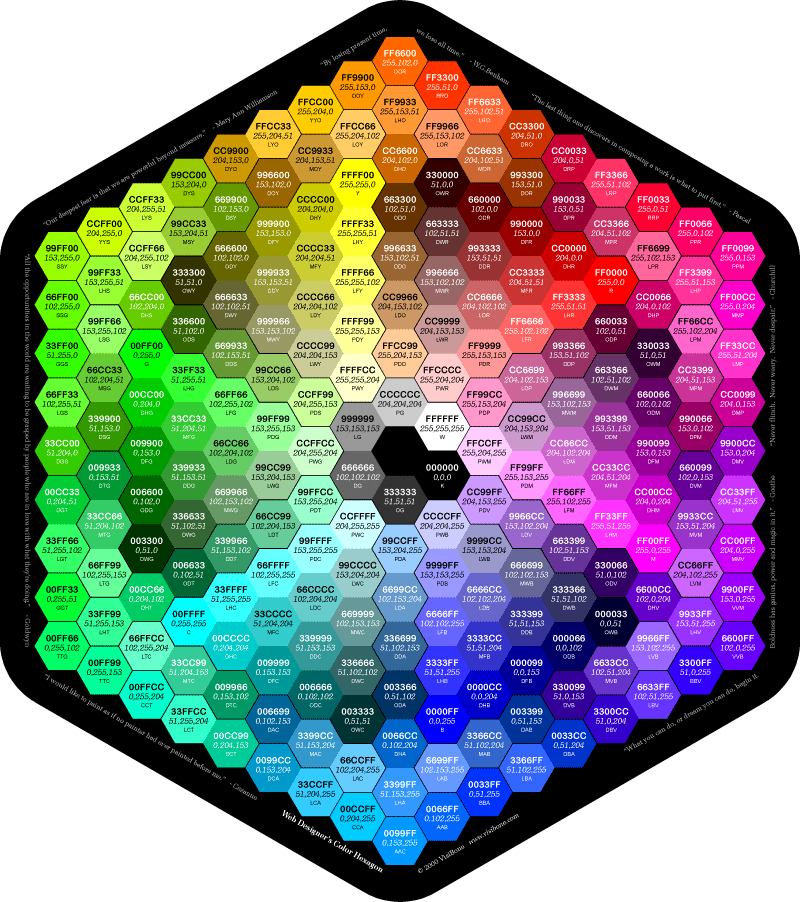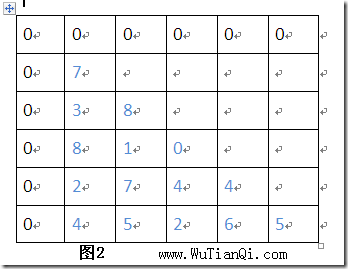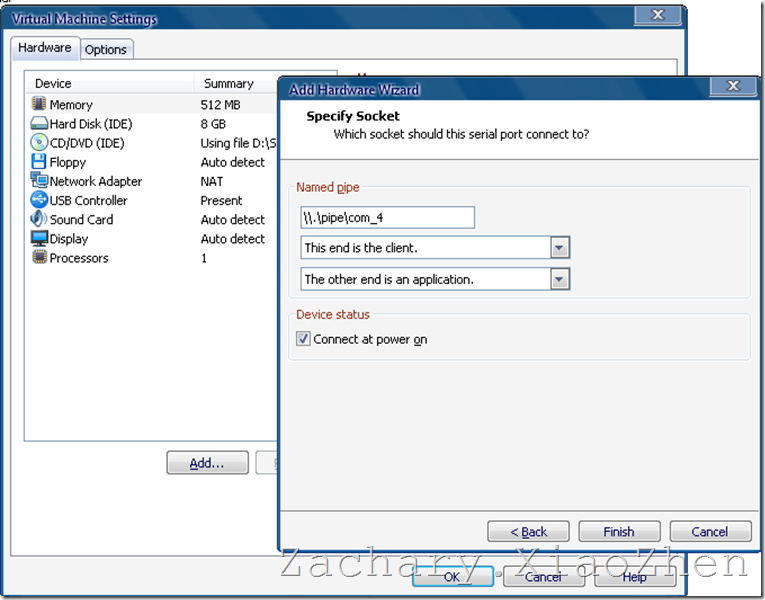Go语言中对图像进行缩放
由Google开发,简洁、高效、开源的Go语言日渐成为语言新宠。它专门针对多处理器系统应用程序的编程进行优化,使得Go编译的程序与C或C++代码的速度相媲美,且更安全、支持并行进程。Go语言在Go1版本上支持Windows, 苹果Mac OS X, Linux和FreeBSD操作系统。Go支持面向对象,而且具有真正的封装(closures)和反射 (reflection)等功能。
在学习曲线方面,派克认为Go与Java类似,对于Java开发者来说,应该能够轻松学会 Go。同样,对于C#开发者来说,也很轻松学会GO语言。
笔者对图形图像研究很感兴趣,让我们来看看Go语言中对图像进行缩放的解决方案:
package resize
import (
"image"
"image/color"
)
// average convert the sums to averages and returns the result.
func average(sum []uint64, w, h int, n uint64) *image.RGBA {
ret := image.NewRGBA(image.Rect(0, 0, w, h))
for y := 0; y < h; y++ {
for x := 0; x < w; x++ {
index := 4 * (y*w + x)
pix := ret.Pix[y*ret.Stride+x*4:]
pix[0] = uint8(sum[index+0] / n)
pix[1] = uint8(sum[index+1] / n)
pix[2] = uint8(sum[index+2] / n)
pix[3] = uint8(sum[index+3] / n)
}
}
return ret
}
// ResizeRGBA returns a scaled copy of the RGBA image slice r of m.
// The returned image has width w and height h.
func ResizeRGBA(m *image.RGBA, r image.Rectangle, w, h int) *image.RGBA {
ww, hh := uint64(w), uint64(h)
dx, dy := uint64(r.Dx()), uint64(r.Dy())
// See comment in Resize.
n, sum := dx*dy, make([]uint64, 4*w*h)
for y := r.Min.Y; y < r.Max.Y; y++ {
pix := m.Pix[(y-r.Min.Y)*m.Stride:]
for x := r.Min.X; x < r.Max.X; x++ {
// Get the source pixel.
p := pix[(x-r.Min.X)*4:]
r64 := uint64(p[0])
g64 := uint64(p[1])
b64 := uint64(p[2])
a64 := uint64(p[3])
// Spread the source pixel over 1 or more destination rows.
py := uint64(y) * hh
for remy := hh; remy > 0; {
qy := dy - (py % dy)
if qy > remy {
qy = remy
}
// Spread the source pixel over 1 or more destination columns.
px := uint64(x) * ww
index := 4 * ((py/dy)*ww + (px / dx))
for remx := ww; remx > 0; {
qx := dx - (px % dx)
if qx > remx {
qx = remx
}
qxy := qx * qy
sum[index+0] += r64 * qxy
sum[index+1] += g64 * qxy
sum[index+2] += b64 * qxy
sum[index+3] += a64 * qxy
index += 4
px += qx
remx -= qx
}
py += qy
remy -= qy
}
}
}
return average(sum, w, h, n)
}
// ResizeNRGBA returns a scaled copy of the RGBA image slice r of m.
// The returned image has width w and height h.
func ResizeNRGBA(m *image.NRGBA, r image.Rectangle, w, h int) *image.RGBA {
ww, hh := uint64(w), uint64(h)
dx, dy := uint64(r.Dx()), uint64(r.Dy())
// See comment in Resize.
n, sum := dx*dy, make([]uint64, 4*w*h)
for y := r.Min.Y; y < r.Max.Y; y++ {
pix := m.Pix[(y-r.Min.Y)*m.Stride:]
for x := r.Min.X; x < r.Max.X; x++ {
// Get the source pixel.
p := pix[(x-r.Min.X)*4:]
r64 := uint64(p[0])
g64 := uint64(p[1])
b64 := uint64(p[2])
a64 := uint64(p[3])
r64 = (r64 * a64) / 255
g64 = (g64 * a64) / 255
b64 = (b64 * a64) / 255
// Spread the source pixel over 1 or more destination rows.
py := uint64(y) * hh
for remy := hh; remy > 0; {
qy := dy - (py % dy)
if qy > remy {
qy = remy
}
// Spread the source pixel over 1 or more destination columns.
px := uint64(x) * ww
index := 4 * ((py/dy)*ww + (px / dx))
for remx := ww; remx > 0; {
qx := dx - (px % dx)
if qx > remx {
qx = remx
}
qxy := qx * qy
sum[index+0] += r64 * qxy
sum[index+1] += g64 * qxy
sum[index+2] += b64 * qxy
sum[index+3] += a64 * qxy
index += 4
px += qx
remx -= qx
}
py += qy
remy -= qy
}
}
}
return average(sum, w, h, n)
}
// Resample returns a resampled copy of the image slice r of m.
// The returned image has width w and height h.
func Resample(m image.Image, r image.Rectangle, w, h int) *image.RGBA {
if w < 0 || h < 0 {
return nil
}
if w == 0 || h == 0 || r.Dx() <= 0 || r.Dy() <= 0 {
return image.NewRGBA(image.Rect(0, 0, w, h))
}
curw, curh := r.Dx(), r.Dy()
img := image.NewRGBA(image.Rect(0, 0, w, h))
for y := 0; y < h; y++ {
for x := 0; x < w; x++ {
// Get a source pixel.
subx := x * curw / w
suby := y * curh / h
r32, g32, b32, a32 := m.At(subx, suby).RGBA()
r := uint8(r32 >> 8)
g := uint8(g32 >> 8)
b := uint8(b32 >> 8)
a := uint8(a32 >> 8)
img.SetRGBA(x, y, color.RGBA{r, g, b, a})
}
}
return img
}
有了上面的基础,下文讲解 利用Go语言上传图像并生成缩略图。
补充:综合编程 , 其他综合 ,




